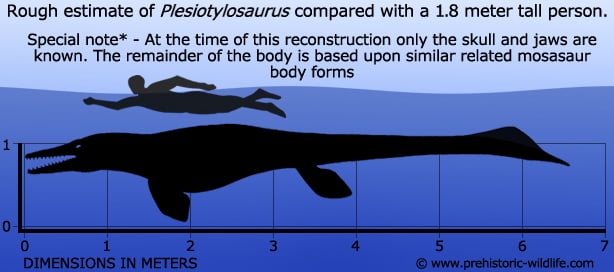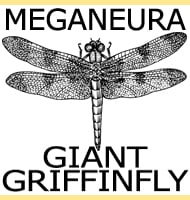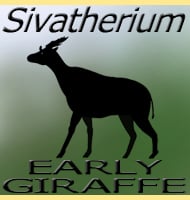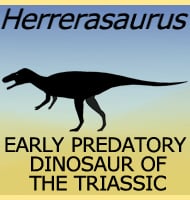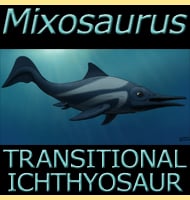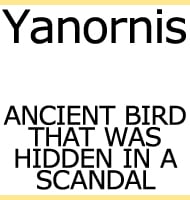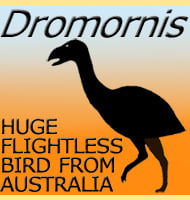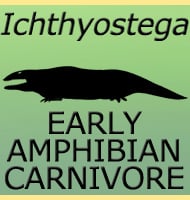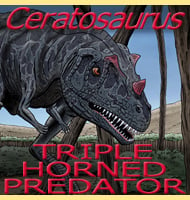In Depth
Plesiotylosaurus acquired its name for its similarity to another genus of mosasaur called Tylosaurus, one of the largest mosasaurs known. The jaws of Plesiotylosaurus are quite long and attached to a solid robust skull, something that suggests a prey preference for tougher animals. Possible candidates could include marine turtles which are known from the same Formation that the Plesiotylosaurus holotype was found in.
Plesiotylosaurus is also not the only marine reptile found in the Moreno Formation of California, with others including the mosasaur Plotosaurus (also first described by Charles Lewis Camp in 1942, but as Kolposaurus) as well as the plesiosaurs Aphrosaurus, Fresnosaurus, Hydrotherosaurus and Morenosaurus.
Further Reading
– Cranial Osteology of the Giant Mosasaur Plesiotylosaurus (Squamata, Mosasauridae). – Journal of Paleontology 3(3):448-456. – Johan Lindgren – 2009.
